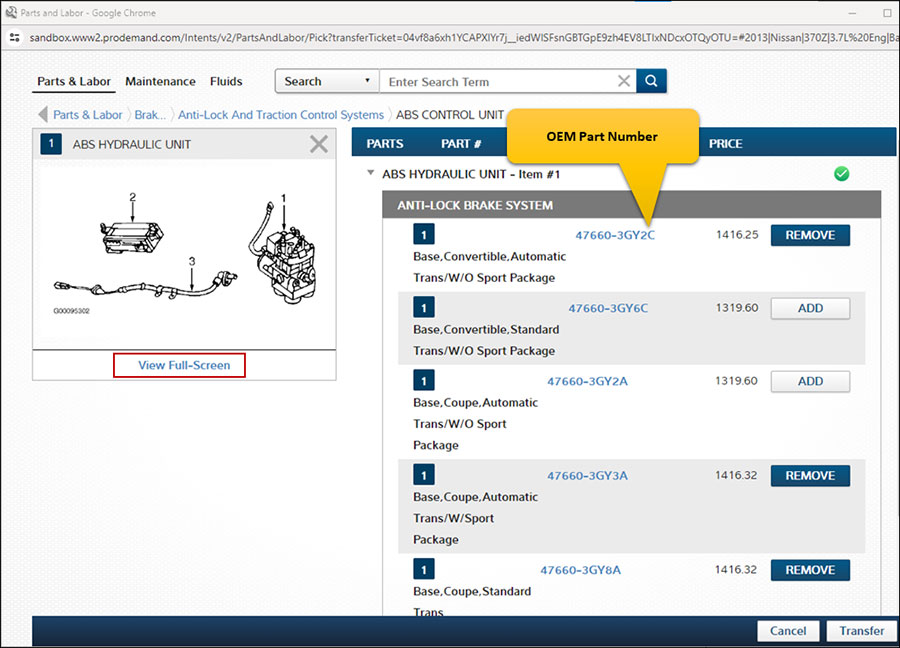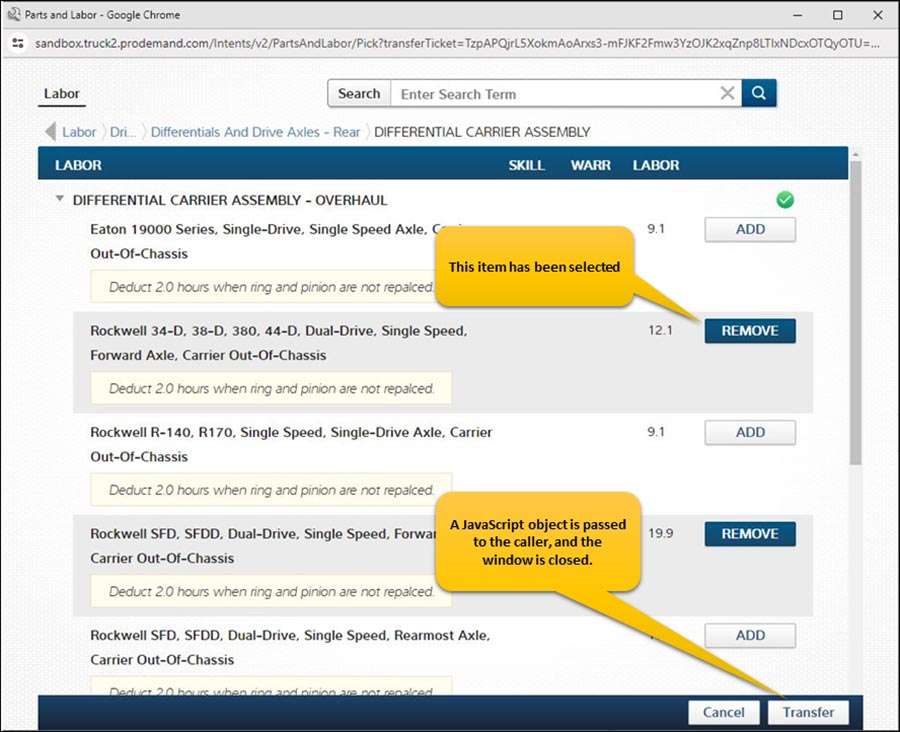
Pictured on the Mitchell 1 sales floor, from left is sales manager Kiran Wagh, and sales developers, including Alex Galvin, Bryan Bernetskie and Mark Smolik
Editor’s Note: This is Part 1 of the Inside Look series of Mitchell 1 department teams who have contributed to the on-going success of the company.
An automotive repair facility might appear as pure chaos to an outsider: phones ringing, customers describing vehicle issues, cars moving to service bays, technicians inspecting and servicing, and trips to the parts counter. In smaller shops, the same tasks occur with fewer hands.
Life in the shop is busy, no matter the size of the business. So when a sales call pitches the latest gizmo or service, it often feels like valuable time is slipping away. Whether admitted or not, every shop has pain points that are endured or reduced with workarounds.
Companies selling goods and services usually offer solutions looking for a problem, and the customer’s current challenges will determine their interest in the sales pitch.
Introducing Mitchell 1’s Inside Sales Team: Selling on Value
The Mitchell 1 Inside Sales team have joined together to establish a relational approach to sales. This approach has been a win-win for the sales team and customer, as evidenced by record sales in the past year and significantly increased retention in the sales department.

The 30-member team is led by Sales Manager, Kiran Wagh, and several sales developers, including Bryan Bernetskie and Mark Smolik, who happily agreed to share a few key aspects of this relational technique.
As Kiran explained, “Our training for new sales associates is focused on building a relationship with the customer – seeking to understand the pain points they are experiencing in the shop – and then pairing those issues with Mitchell 1 solutions.”
He described how the sales team develops open-ended questions to help shops identify where problems in the business exist. Commonly asked questions include: “What impact does lost time have on your business?” or “What are some challenges you face when researching repair information?”
For instance, he said shops frequently mention they need quick access to repair information but are pressed with time. The sales reps will explain how ProDemand repair information can help mitigate those challenges by making it fast and easy to find OEM information with its intuitive navigation – or how Manager SE shop management software can help shops stay organized in their daily operations with features like automated scheduling, parts ordering and reporting.
He explained that pushing a product without understanding the shop’s concerns can come across as aggressive and counter-intuitive to building a relationship. “If we can relate to them, they are more likely to listen to what we have to say, and really help them with their needs,” Kiran said.
“Our intention is to sell on value, not price and promotion,” added Bryan. “In order to present the best value, however, the sales agent needs to know the right questions. This will help the customer express the unique issues they experience in the shop.”
Communicating Style
 The ability to maintain a unified selling approach demands that the relationship journey begins with the sales team. Kiran revealed how the “selling on value” concept starts on day one with new agents. This repeatable approach, called “customer-focused selling” involves identifying a customer’s needs, determining the severity of the need, identifying how Mitchell 1 products can address those needs, and only then offering a Mitchell 1 solution.
The ability to maintain a unified selling approach demands that the relationship journey begins with the sales team. Kiran revealed how the “selling on value” concept starts on day one with new agents. This repeatable approach, called “customer-focused selling” involves identifying a customer’s needs, determining the severity of the need, identifying how Mitchell 1 products can address those needs, and only then offering a Mitchell 1 solution.
Mark noted the sales team works collaboratively internally and with the customer. “Our sales agents are also trained to help the customer see how the impact of the problem effects the shop,” he said. “The focus is helping the customer.”
Problem-Solving Feedback Loop
Kiran described how the sales team is in a great position to connect the customer with the Mitchell 1 team, including product developers who are focused on continuous innovations based on customer feedback. As sales agents communicate with customers, new or additional problems are uncovered.
As Bryan noted, “when there is no solution, there is no sale.” In other words, the sales team does not recommend a product if it’s not addressing a particular problem. This lack of a solution creates a new opportunity for the Mitchell 1 product team to develop a new product or feature to resolve the problem.
Kiran says the sales team meets with product managers to connect the feedback loop on a weekly basis. As the new solutions enter the market, the feedback loop continues and additional revisions or improvement are made. A collaborative effort between everyone at Mitchell 1 and the customer truly exists.
A Culture Focused on Helping


The culture focused on helping begins by building relationships within Mitchell 1. Everyone joining together to help others become successful is the absolute key to success.
“When the customer is satisfied and gains confidence in Mitchell 1 products, the employees at Mitchell 1 are encouraged to provide even more help through increasingly powerful solutions,” Kiran said. “Each sales agent is encouraged to help other sales agents, to provide the best experience possible for the customer.”
That is a culture worth striving for and one that makes Mitchell 1 a great business partner as well as a great place to work.






